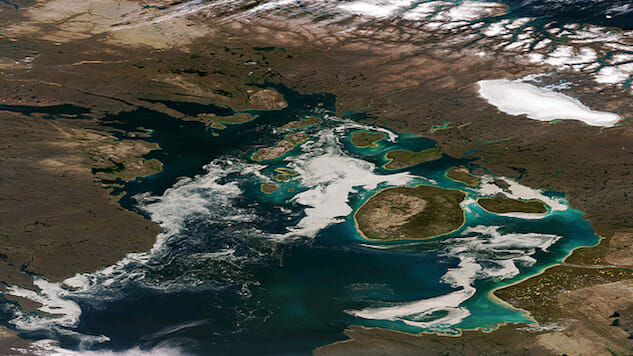Phytoplankton Thrive In Warmer Arctic Seas

Scientists were stunned by the discovery of thriving phytoplankton blooms under Arctic sea ice in July 2011. The microscopic organisms require a great deal of sunlight to thrive, making their existence in normally dark Arctic waters a signal to a significant environmental shift.
Christopher Horvat, a Harvard University oceanographer, and his colleagues used a computer simulation of sea ice conditions from 1986 to 2015 to study how Arctic ice has thinned and where the most dramatic changes have occurred.
Warming Arctic temperatures have thinned the once-dense ice that prevented light from reaching the depths and have increased the frequency of meltwater pools forming on top of the ice. These pools allow more light to pass through and create an environment suitable for phytoplankton to grow into large blooms.
-

-

-

-

-

-

-

-

-

-

-

-

-

-

-

-

-

-

-

-

-

-

-

-

-

-

-

-

-

-

-

-

-

-

-

-

-

-

-

-








































